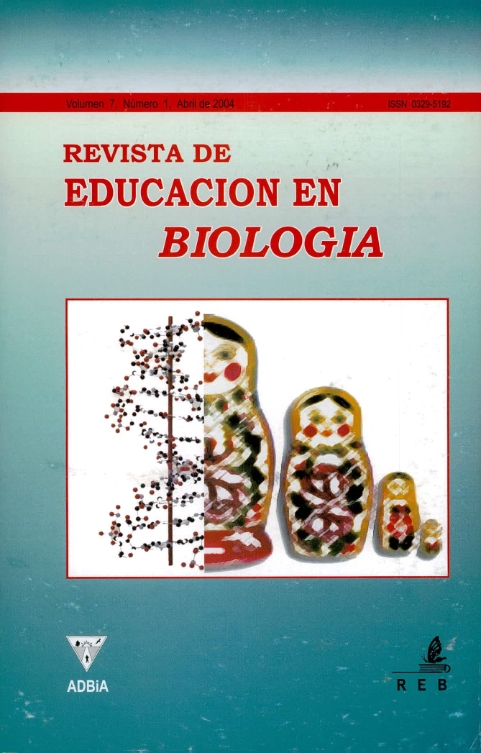Spaces for reflection in the training of biology teachers
Main Article Content
Abstract
This work was developed with fourth year students of the Teaching Practice course of the Biological Sciences Teacher Training Program at CRUB. Its objectives were to generate favorable spaces to critically reflect on the interactions of three components of the practices: student, teacher and observer. We worked with an innovative methodology called Triads for Solidarity Intervention (TlS), which allows to decenter from the role of the student in the subject and to be aware of the "I-other" link, from different perspectives. In the TIS methodology, students are arranged in groups of three; they act on a rotating basis as student, teacher or observer; they interact locally based on a previously read theoretical material; they self-organize, generating novelty and/or innovation from the material worked on. This way of working is considered by the students as a valuable tool that facilitates acting in specific roles, making it possible to investigate and reflect on the elements put into play, from the perspective of Critical Didactics.
Translated with www.DeepL.com/Translator (free version)
Article Details

This work is licensed under a Creative Commons Attribution-NonCommercial-ShareAlike 4.0 International License.
Aquellos autores/as que tengan publicaciones con esta revista, aceptan los términos siguientes:- Los autores/as conservarán sus derechos de autor y garantizarán a la revista el derecho de primera publicación de su obra, el cuál estará simultáneamente sujeto a la Licencia de reconocimiento de Creative Commons que no se permite un uso comercial de la obra original ni de las posibles obras derivadas, la distribución de las cuales se debe hacer con una licencia igual a la que regula la obra original.
- Los autores/as podrán adoptar otros acuerdos de licencia no exclusiva de distribución de la versión de la obra publicada (p. ej.: depositarla en un archivo telemático institucional o publicarla en un volumen monográfico) siempre que se indique la publicación inicial en esta revista.
- Se recomienda a los autores/as difundir su obra a través de Internet (p. ej.: en archivos telemáticos institucionales o en su página web) después del proceso de publicación, lo cual puede producir intercambios interesantes y aumentar las citas de la obra publicada. (Véase El efecto del acceso abierto).
How to Cite
References
.

